Money is one of the biggest obstacles to dealing with climate change — especially in poor countries hit hardest by disasters.
Not enough is being spent to cut the pollution that’s heating the planet or on things that could help people adapt to a hotter world, like flood defenses and infrastructure that’s built for more extreme weather. As a result, developing countries, which bear little responsibility for fueling climate change, are at risk of suffering crippling losses and damages as temperatures rise.
That funding shortfall, which has endured for years, will be at the heart of the United Nations climate negotiations that start this week in Dubai. As the United Arab Emirates prepared to host this year’s climate summit, known as COP28, it said that “fixing climate finance” is a top priority. That includes making sure wealthy nations finally deliver on a long-standing but chronically unmet promise to give $100 billion a year in climate financing to their poorer neighbors.
But talks are already underway to replace that pledge, which is more than a decade old and inadequate for the climate challenges that developing countries face, experts said. As the host of this year’s conference, the UAE will need to lay the groundwork for a new funding target.
Extreme weather this year has driven home the urgency of talks for greater funding. COP28 comes at the end of what will almost certainly be the hottest year ever recorded on Earth, and developing countries are in “immediate danger,” said Wanjira Mathai, managing director for Africa and global partnerships at the World Resources Institute.
“I think the pressure will be put on very significantly at COP28 for the finance to flow,” Mathai said. “Action has to be the focus going forward. And that action costs” money.
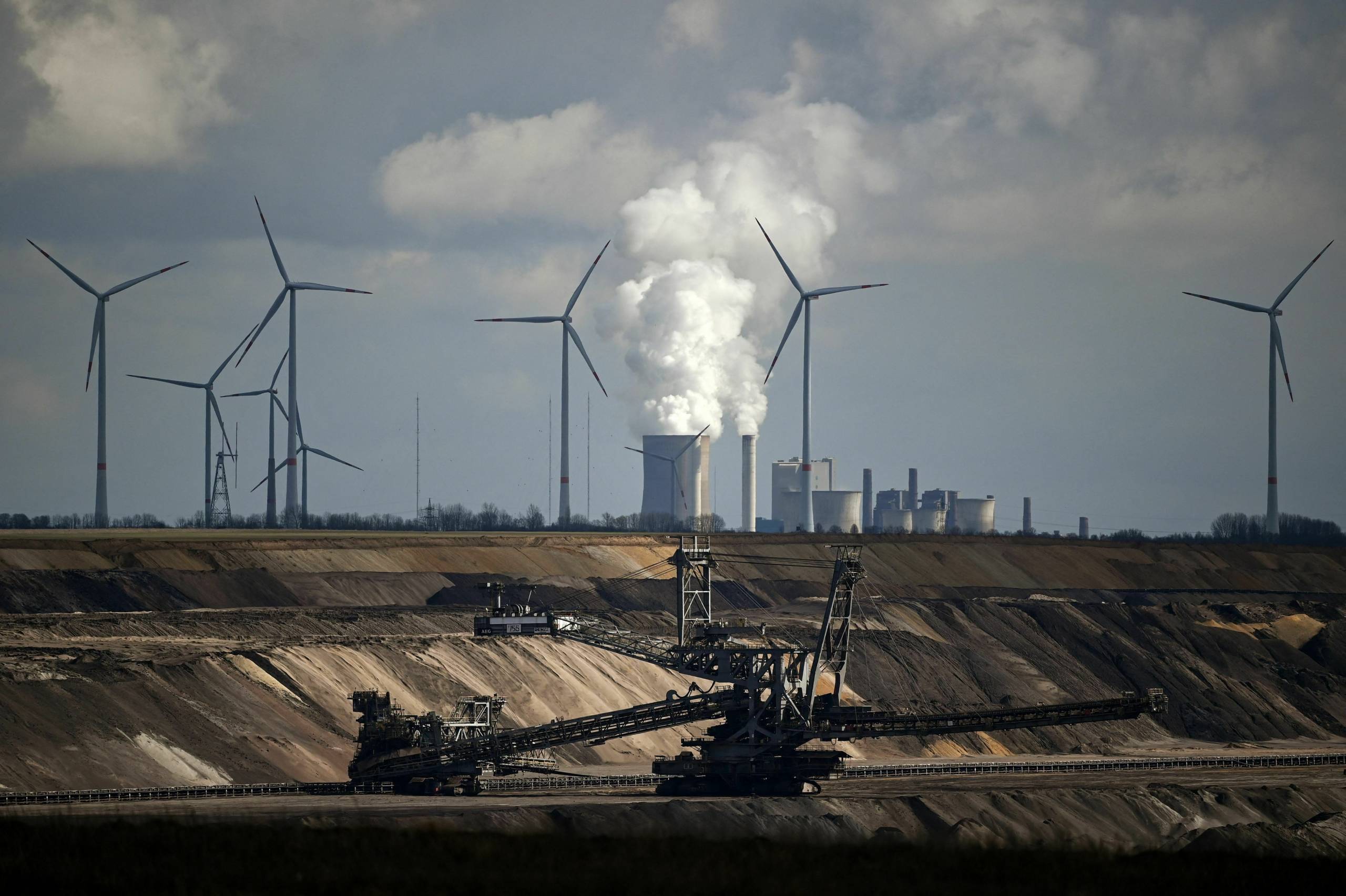
Developing countries need a lot more money for climate change
Industrialized countries like the United States built their wealth by producing and using fossil fuels. The U.S. is by far the biggest historical contributor to greenhouse gas emissions that are heating the planet. Developing nations from Peru to the Philippines have contributed far less pollution, but they’re suffering disproportionate harm because of their smaller economies and geographic locations.
So in 2009, industrialized countries set a goal to give developing nations $100 billion a year by 2020 to help them adapt to climate change. In 2015, countries extended the pledge to 2025. They also said they’d set a new goal that reflects the “needs and priorities of developing countries” before the old one expires. That is the new target that COP28 will help determine.
The latest assessment by the Organisation for Economic Co-operation and Development (OECD) found developing nations received $89.6 billion from public and private sources in 2021, an increase of almost 8% from the year before, but still short of the $100 billion annual goal. The OECD said wealthy countries appear to have met the funding target in 2022, though the data is preliminary and unverified.
But recent tallies show that what’s currently being spent on climate change is a fraction of what’s actually needed. A report published recently by the U.N. said developing countries need at least 10 times more money to adapt to the effects of human-driven climate change than what they’ve been getting. The OECD said developing countries will need around $2.4 trillion every year for climate investments between 2026 and 2030.
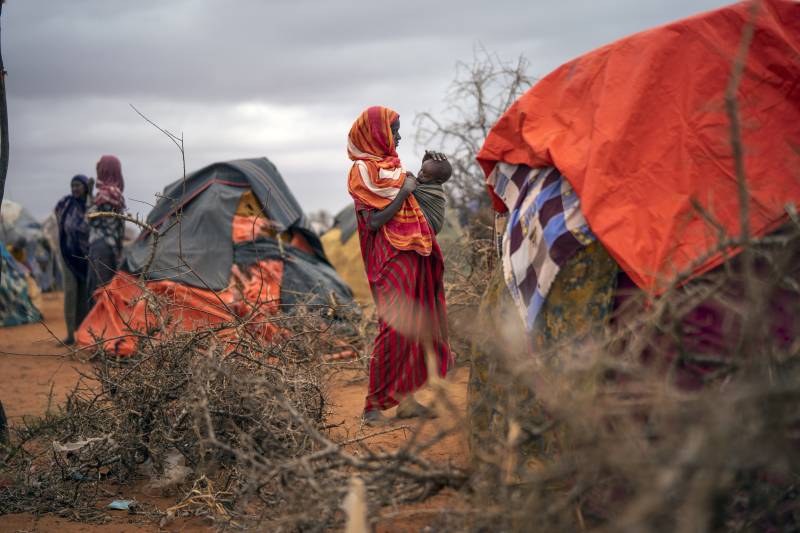
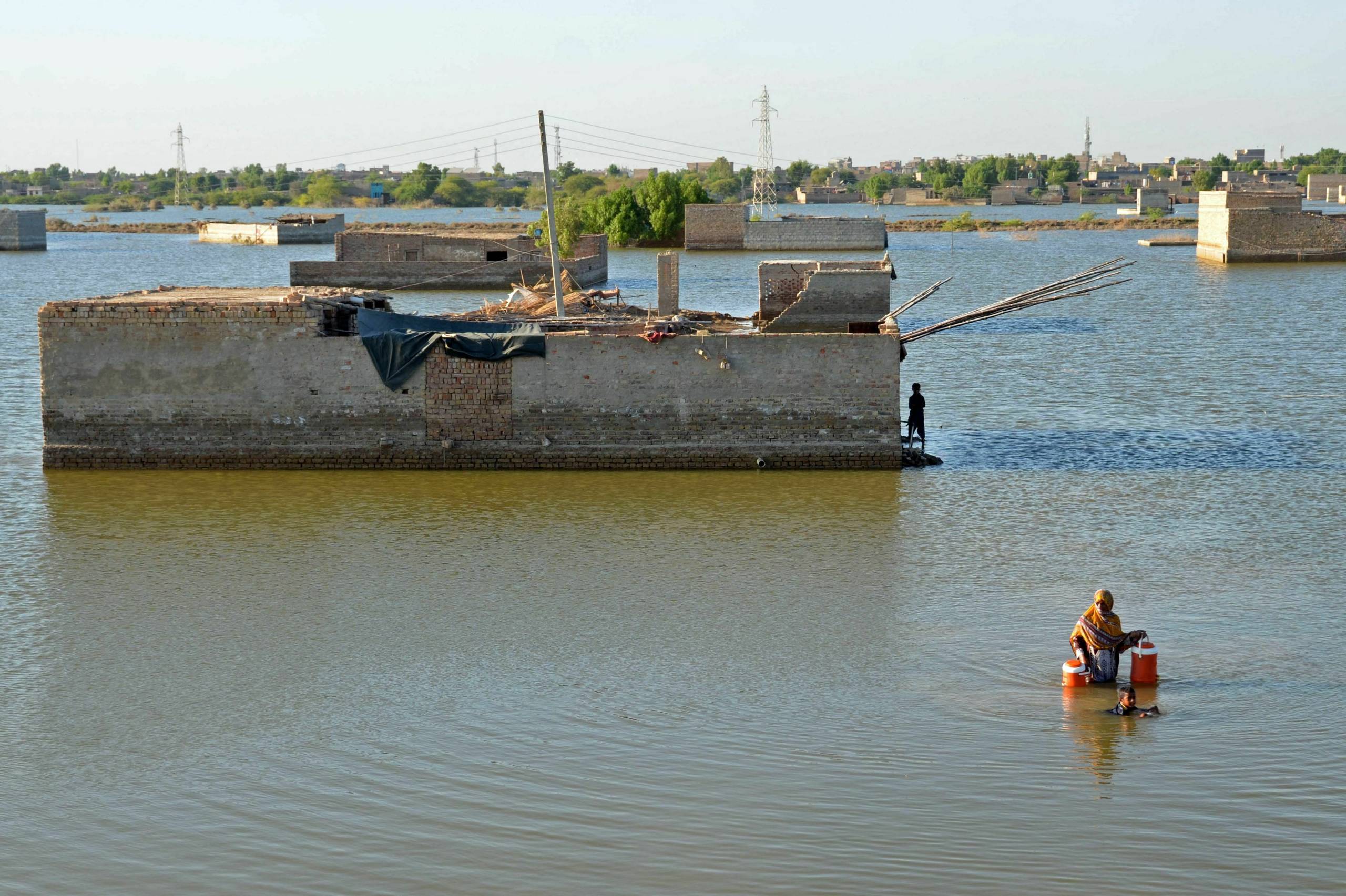
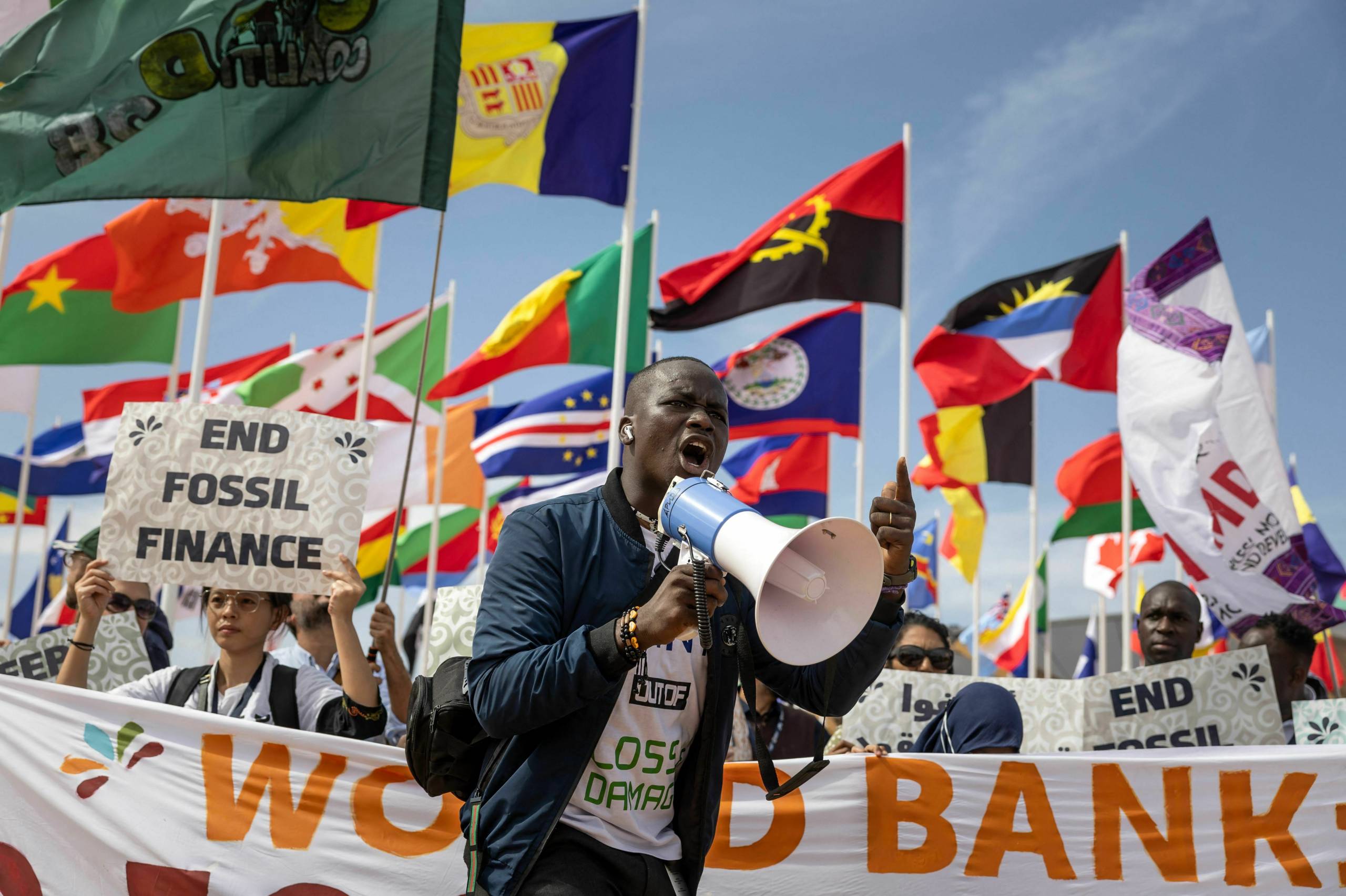
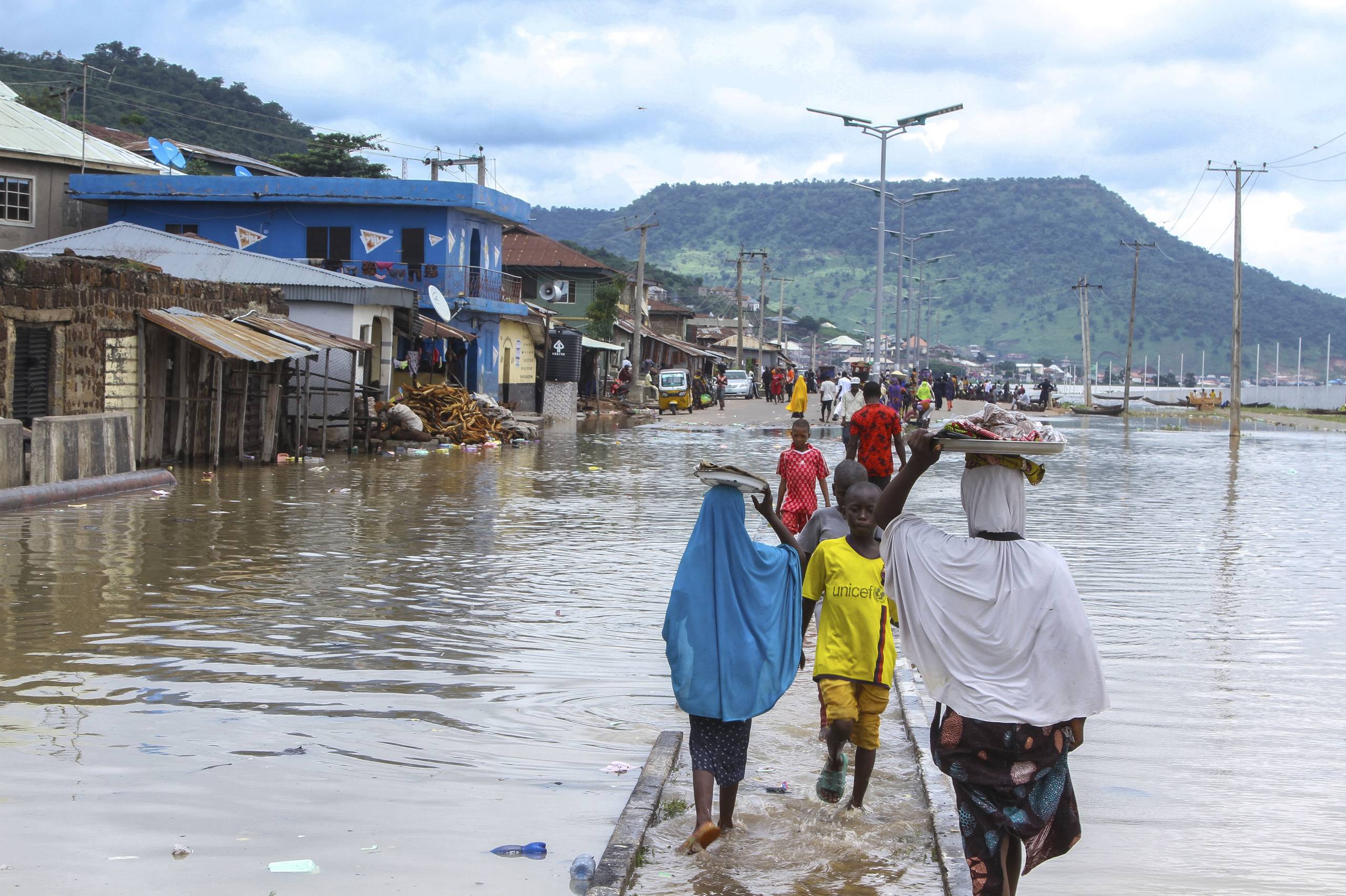
9(MDAxOTAwOTE4MDEyMTkxMDAzNjczZDljZA004))